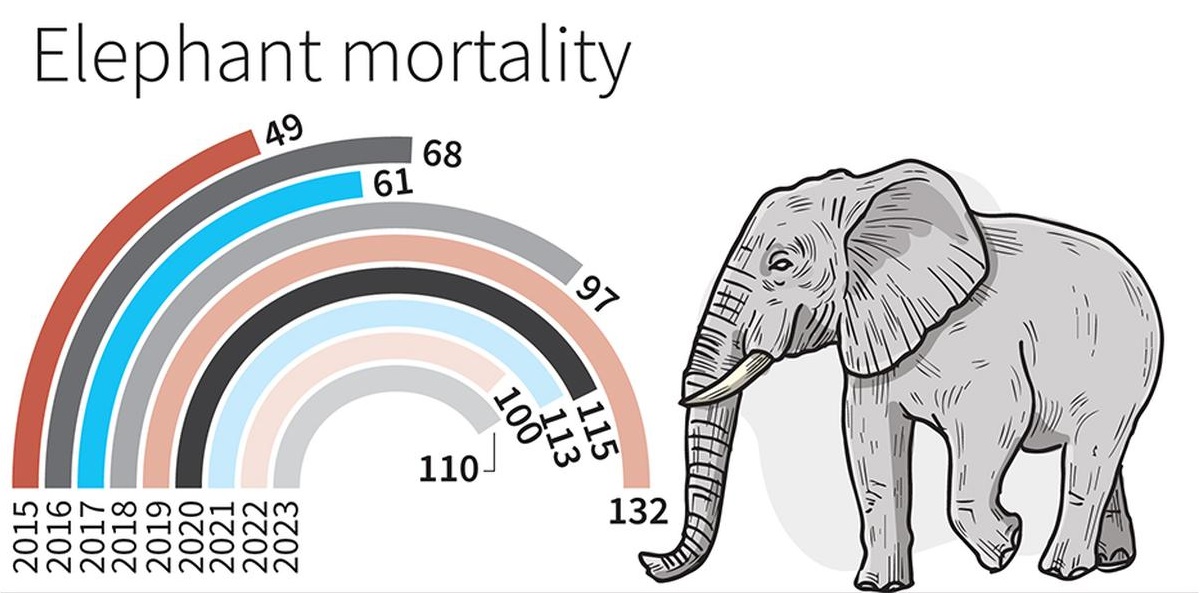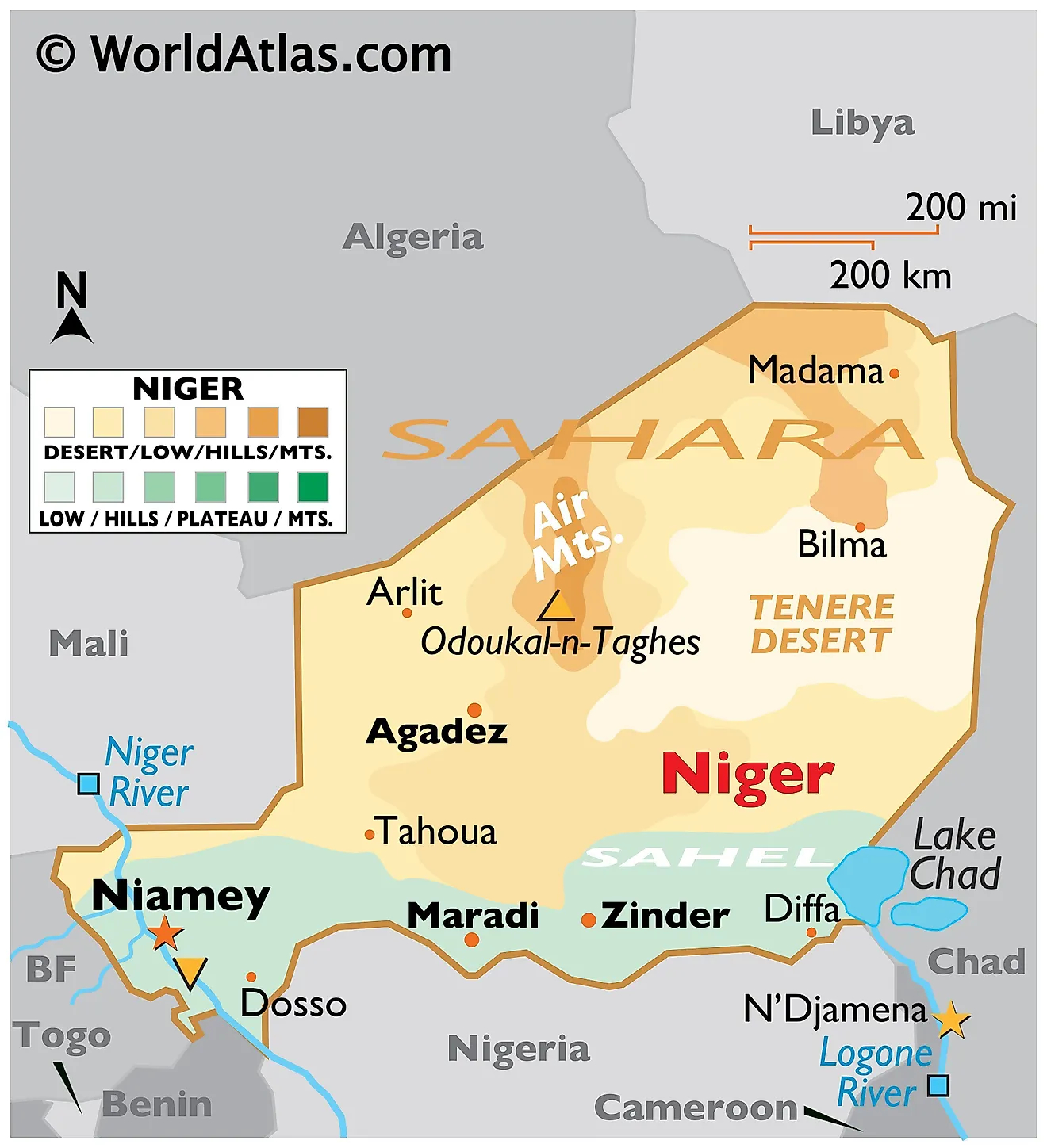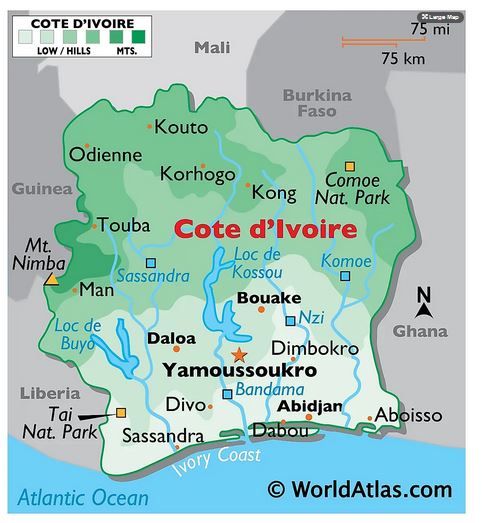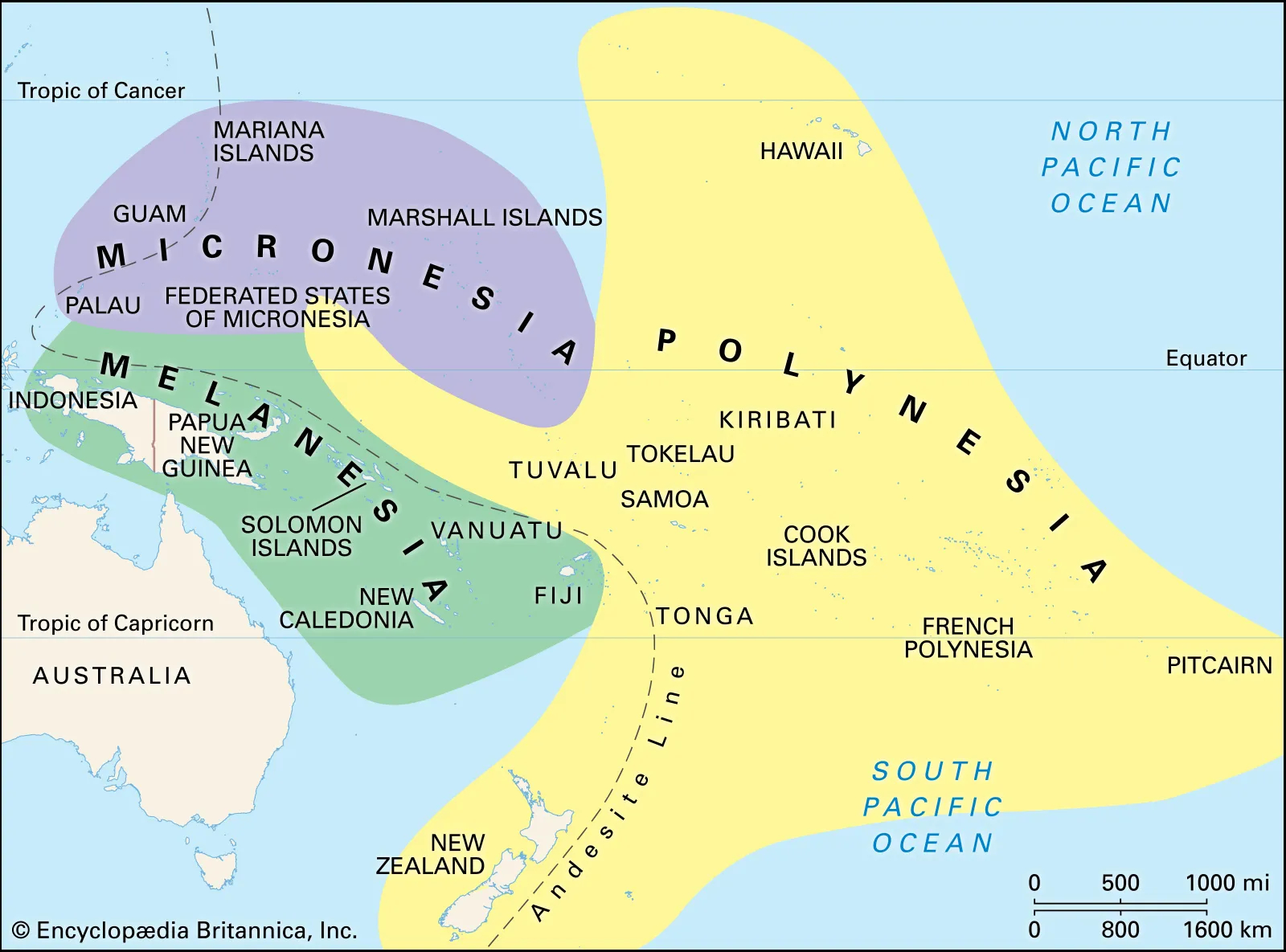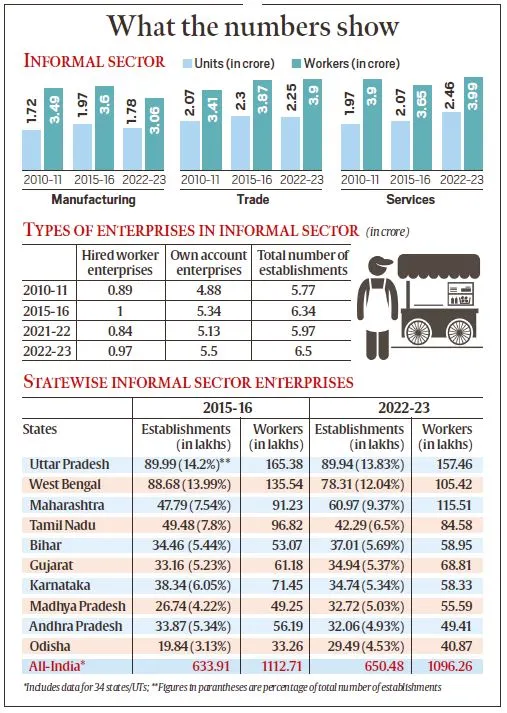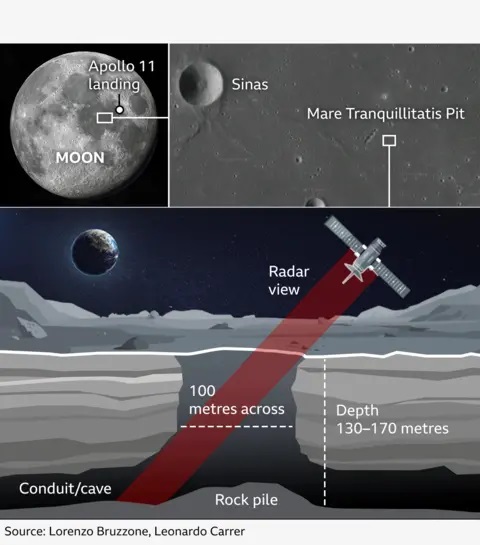Why in the news?
On July 18, CAG Girish Chandra Murmu inaugurated the International Centre for Audit of Local Governance (iCAL) in Rajkot, marking India’s first institute to set global standards for auditing local governance.
How will iCAL work?
- iCAL will serve as a platform for policymakers, administrators, and auditors connected with local governments to enhance collaboration and share best practices.
- Objective: It aims to improve the independence and effectiveness of local government auditors through training, leadership development, and capacity-building initiatives.
- Significance: iCAL will act as a think tank for addressing governance issues at the grassroots level through interactive workshops, knowledge-sharing sessions, and peer exchanges.
How are local bodies audited in India?
- India has a three-tier system consisting of the Union government, state governments, and local bodies (both urban and rural).
- Local bodies like Panchayats and Urban Local Bodies (ULBs) are audited by various entities:
- State-level offices like the Examiner of Local Fund Accounts (ELFA)/Director of Local Fund Accounts (DLFA) audit the utilisation of state funds by local bodies.
- CAG conducts audits of all funds at the central and state levels, including those of local bodies. The CAG also advises and supports ELFA/DLFA.
Why was a need felt for it?
- Increased Funding and Need for Proper Auditing: With significant funds flowing to local bodies, there is a pressing need for improved auditing practices to ensure proper utilisation and financial management.
- Global Practices and Collaboration: There is a need to promote global good practices and institutionalised collaboration among supreme audit institutions (SAIs) to enhance local government audit practices and share best practices.
- Addressing Inefficiencies: Concerns have been raised about inefficiencies in local body financial management and reporting, as highlighted by the Reserve Bank of India’s 2022 report. iCAL aims to address these inefficiencies through better auditing practices and capacity building.
Way forward:
- Expand Capacity Building and Training Programs: Enhance iCAL’s focus on training and capacity-building for auditors and local government officials.
- Foster International Collaboration and Knowledge Sharing: Strengthen partnerships with global audit institutions and engage in knowledge exchange initiatives.
Mains PYQ:
Q In the absence of well – educated and organised local-level government systems, Panchayats and Samitis have remained mainly political institutions and not effective instruments of governance. Critically Discuss. (UPSC IAS/2015)

